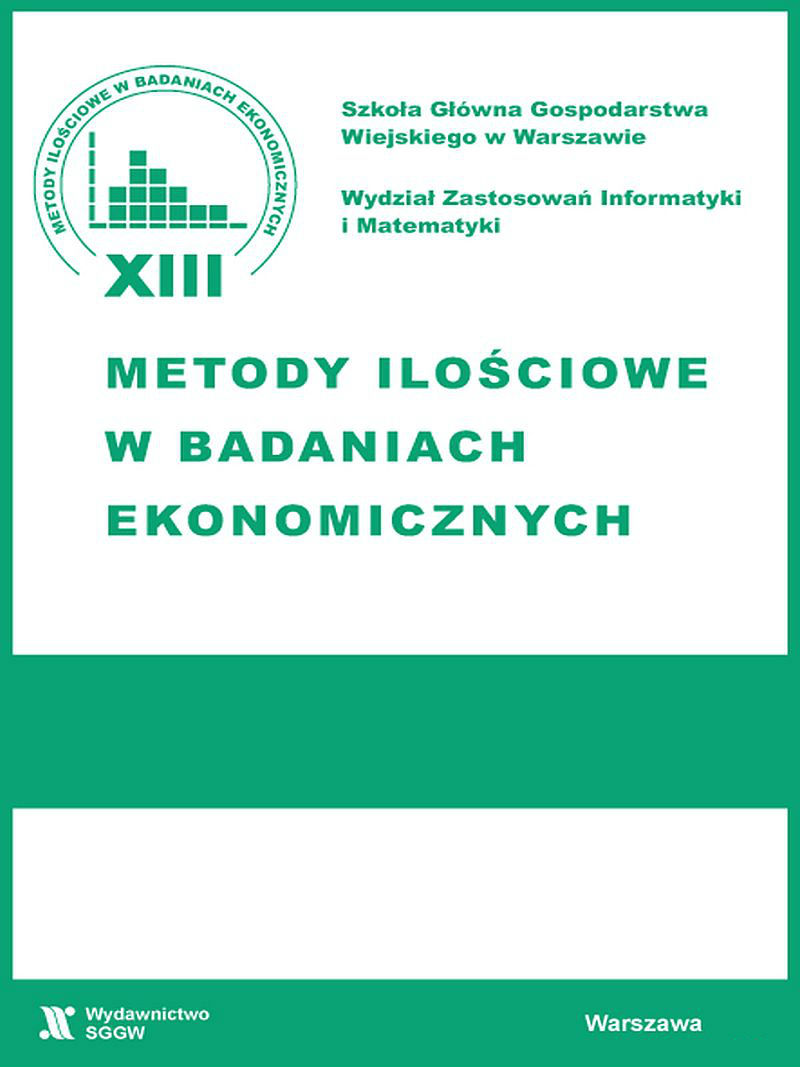PRIVATE PENSION SYSTEM IN ALBANIA
PRIVATE PENSION SYSTEM IN ALBANIA
Author(s): Enkeleda Shehi, Ledjon Shahini, Gert DragoshiSubject(s): Economy, Economic policy, Financial Markets, Public Finances
Published by: Szkoła Główna Gospodarstwa Wiejskiego w Warszawie
Keywords: public pension system;
Summary/Abstract: The role of private pensions in many developed economies has grown significantly in the past two decades. The situation is different for developing economies where private pensions are a new phenomenon and have a very low weight in the sector. Despite the diversity of retirement systems, these countries in many cases are characterized from low education level of the population for this service and not well-defined investment policy from the companies offering this product. The low education level implies that the publicity should be as simple as possible to be understood from considerable population and well–specified policies increase the self-confidence of the interest group. Developing economies in the same time are characterized even from high informal employment rate, influencing directly privet and public pension system. In this situation, new reforms and actions should be made in order to develop and incentivize the pension market. In the same time it is very important the pension model that has to be used, which should be in accordance with the economic, political and social characteristics of the country. The same can be said even for Albania, when it comes to pension system. The pension scheme in Albania consists of two pillars. The first pillar is PAYG funded system, publicly managed and “defined benefits” (DB) where benefits are calculated according to a specific formula based on the number of working-years, wages earned, as well as the contributions paid. The second pillar, as per international definition of it, does not exist in Albania. Instead there is a third pillar, privately managed, voluntary contributed and defined contributions (DC). During the past decade, the first pillar has demonstrated certain problems, like low net replacement rate, high dependency rate and considerable high level of evasion of contributions payment. The third pillar is a new one in Albania and the size and the development of it is very modest, as at the end of 2014, this market accounted for 0.05% of the Gross Domestic Product, or in number of contributors only 8,491. Despite the small number it has been increased, so compared with 2013 the number has been increased with 7.66%. The paper will be focused on the detailed analyze of pension system in Albania, and more concretely in the privet one. The objective is to give a detailed overview of this sector in Albania, with its difficulties and obstacles that are encountered and the risks faced today and in the future.
Journal: Metody Ilościowe w Badaniach Ekonomicznych
- Issue Year: XVII/2016
- Issue No: 4
- Page Range: 138-148
- Page Count: 11
- Language: English

